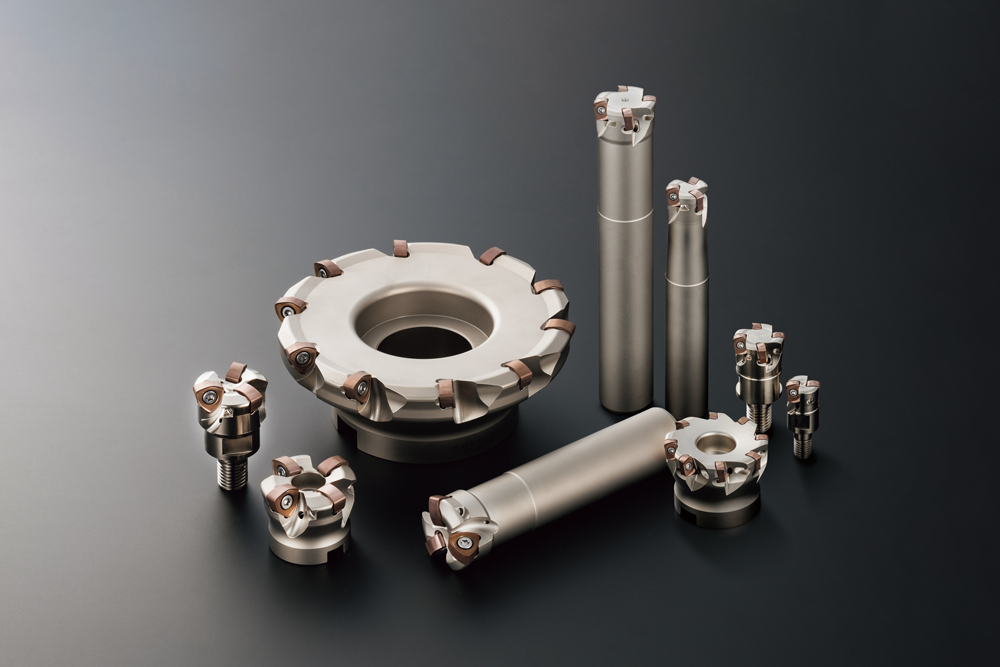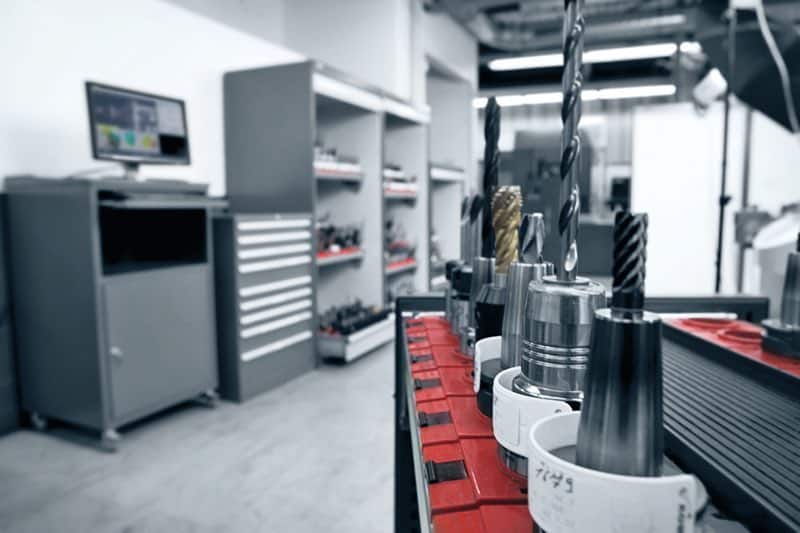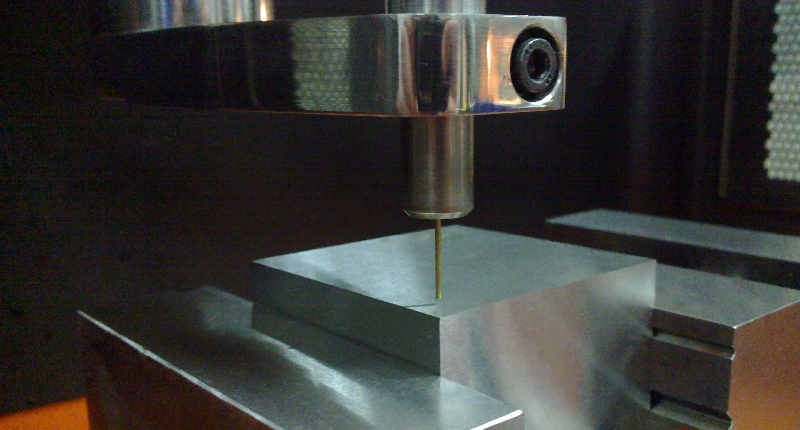How to Read and Use a Micrometer
Have you ever needed to make an extremely precise measurement? If you work in an industry that works with small parts or fittings, you more than likely have. There are many industries in which the measurement of a tool, pipe, valve or fitting must be near exact to avoid potentially dangerous problems. For these types of measurements, we turn to the micrometer.
What Is a Micrometer?
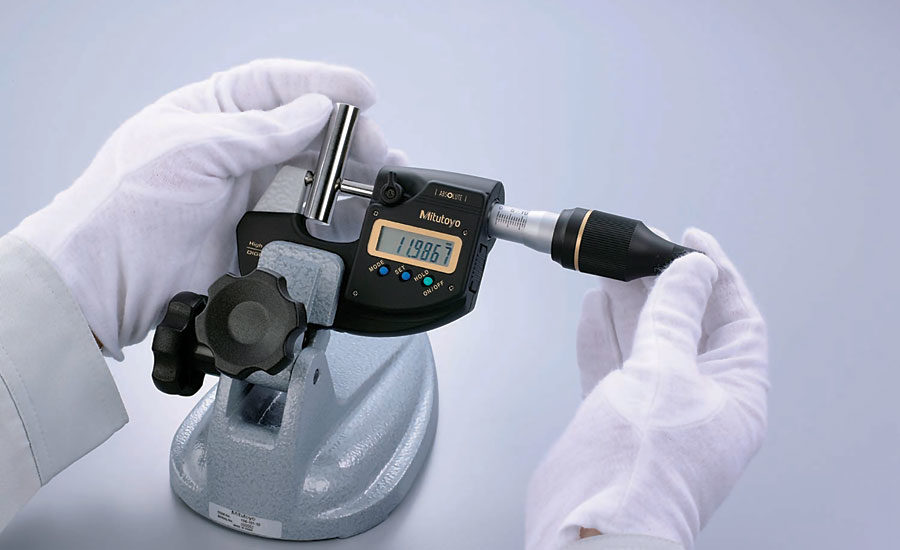
A micrometer is a measuring instrument that can make extraordinarily precise measurements. Most micrometers are designed to measure within one one-thousandth of an inch! That’s a close fit. Exact measurements like this are necessary when even the smallest of space between objects can cause problems or difficulties.
There are several types of micrometers that are designed to measure different types of objects or spaces. Most micrometers are available in sets to accommodate measurements of varying size.
Outside Micrometer: This type of micrometer is designed for measuring the outside of objects—the outside diameter (OD). They look and move much like a C-clamp, which opens and closes by turning an internal screw. In a micrometer, the object you wish to measure is clamped between the anvil (the stationary end of the clamp) and the spindle (the moving part of the clamp). Once the object is secured in the clamp, you use the numbering system on the thimble (the handle portion) to find your measurement.
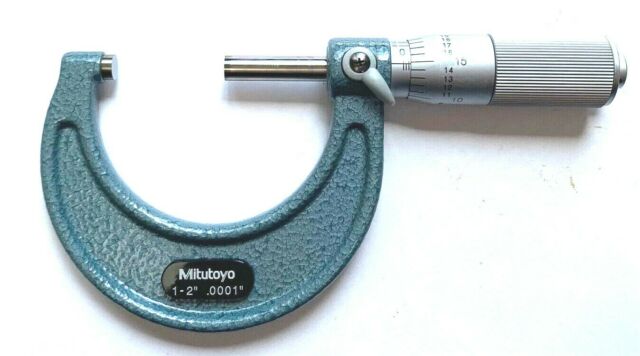
Inside Micrometer: While the outside micrometer is used for measuring the outer diameter of an object, the inside micrometer is used to measure the inside, or inside diameter (ID). These look more like a pen, but with a thimble in the middle that turns. As the thimble turns, the micrometer expands like a curtain rod would. This then extends until each end of the tool is touching the inside of the pipe. When this happens, you use the numbering system on the thimble to find your measurement.
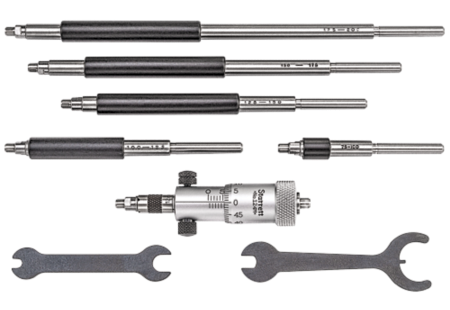
Depth Micrometers: While inside and outside micrometers are both used to measure the diameter of an object or hole, a depth micrometer is for measuring the depth of a hole, recess or slot. Depth micrometers have a base that aligns with the top of the recess that needs to be measured. The thimble is on a shaft that sticks up from the base. As the thimble turns, a measurement rod comes down from the shaft. You continue to turn until the rod hits the bottom surface of the hole being measured. When this happens you use the numbering system on the thimble to find your measurement.
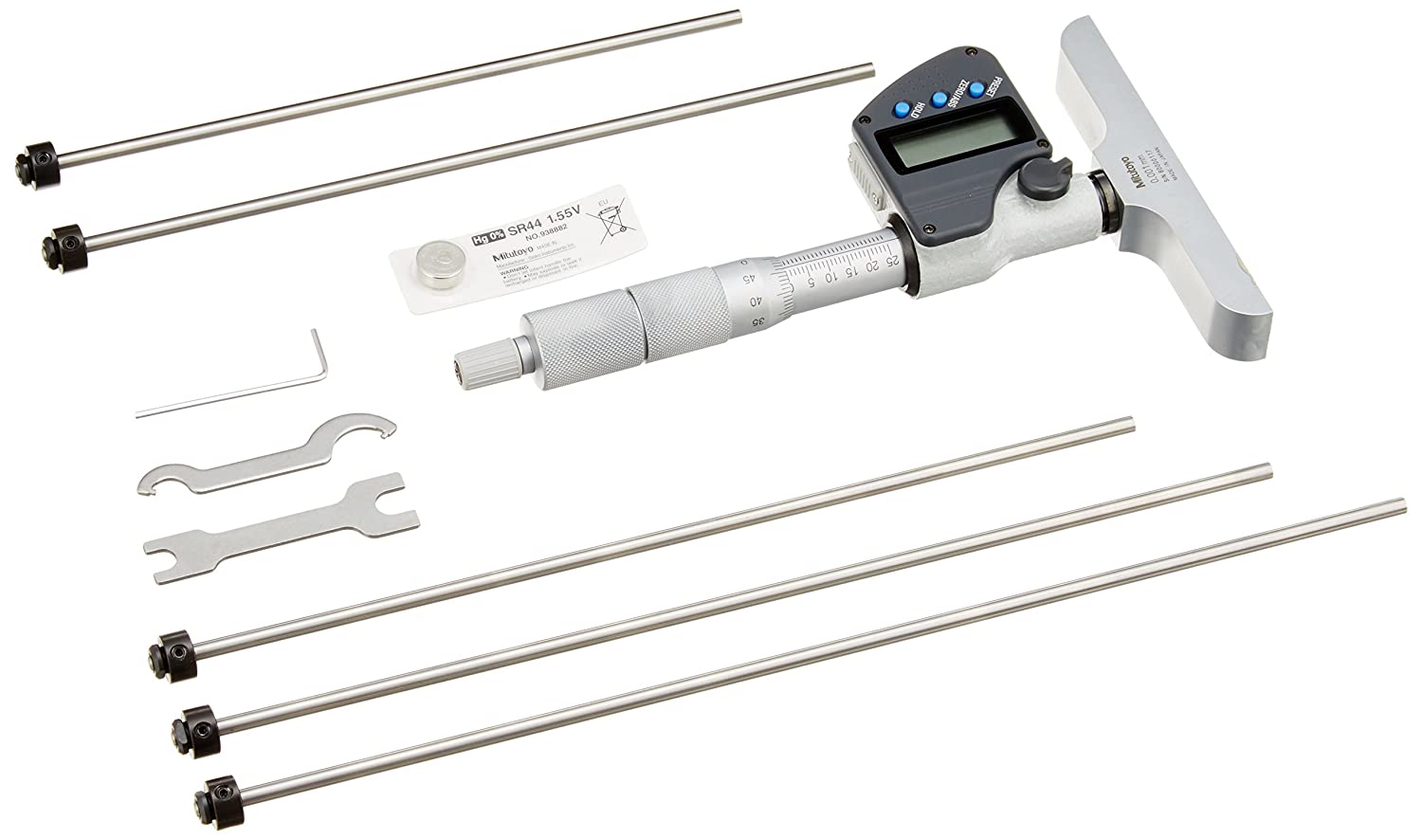
When Would I Use a Micrometer?
You would use a micrometer when a very precise measurement is needed. There are several different designs, depending on what needs to be measured. This could be the size of a pipe, tool or object from the outside. This could be the inside width of a pipe, bearing or another hollow object. Or this could be the depth of a hole or recess.
These are the tools you will reach for when accuracy is the most important factor. This is frequently true for machines with moving parts. Parts that move in and out of each other, like a piston, for example, need to remain in a steady, straight line. If these parts have even the smallest bit of sway, they can begin to fail. This is also true in other applications, such as the use of bearings. Other applications that require the most exact measurement are pipe fittings—especially if the pipe will be moving gases with very small and light molecules, like helium. Micrometers are also the preferred tool when measuring the thickness of items like sheet metals.
How Do I Read a Micrometer?
It is important to check if the micrometer is English or metric before using it for measurements. Make sure you are using a tool that has the same unit of measure as whatever you are already working with.
Once the micrometer is rotated into the proper measurement, the measurement can be taken. This requires adding together numbers found on the spindle and thimble which will give you the accurate measure. How to find the numbers you want will vary depending on the type and design of the micrometer. Instructions on how to read your micrometer will come from the manufacturer with your tool.
Getting It Right
Micrometers are a necessary tool when a precise measurement is required. They come in many designs and styles to fit the needs of whatever object it is you need measured. Since micrometers only have a limited measurement span, they frequently come in packages of varying sizes to accommodate your needs.
Source: https://www.grainger.com/know-how/equipment-information/kh-how-to-read-a-micrometer





